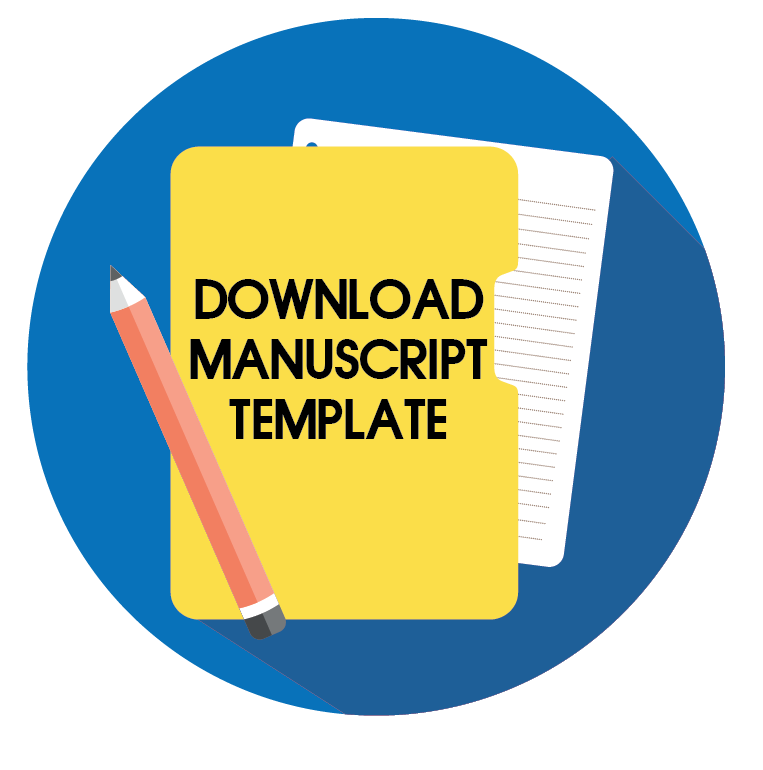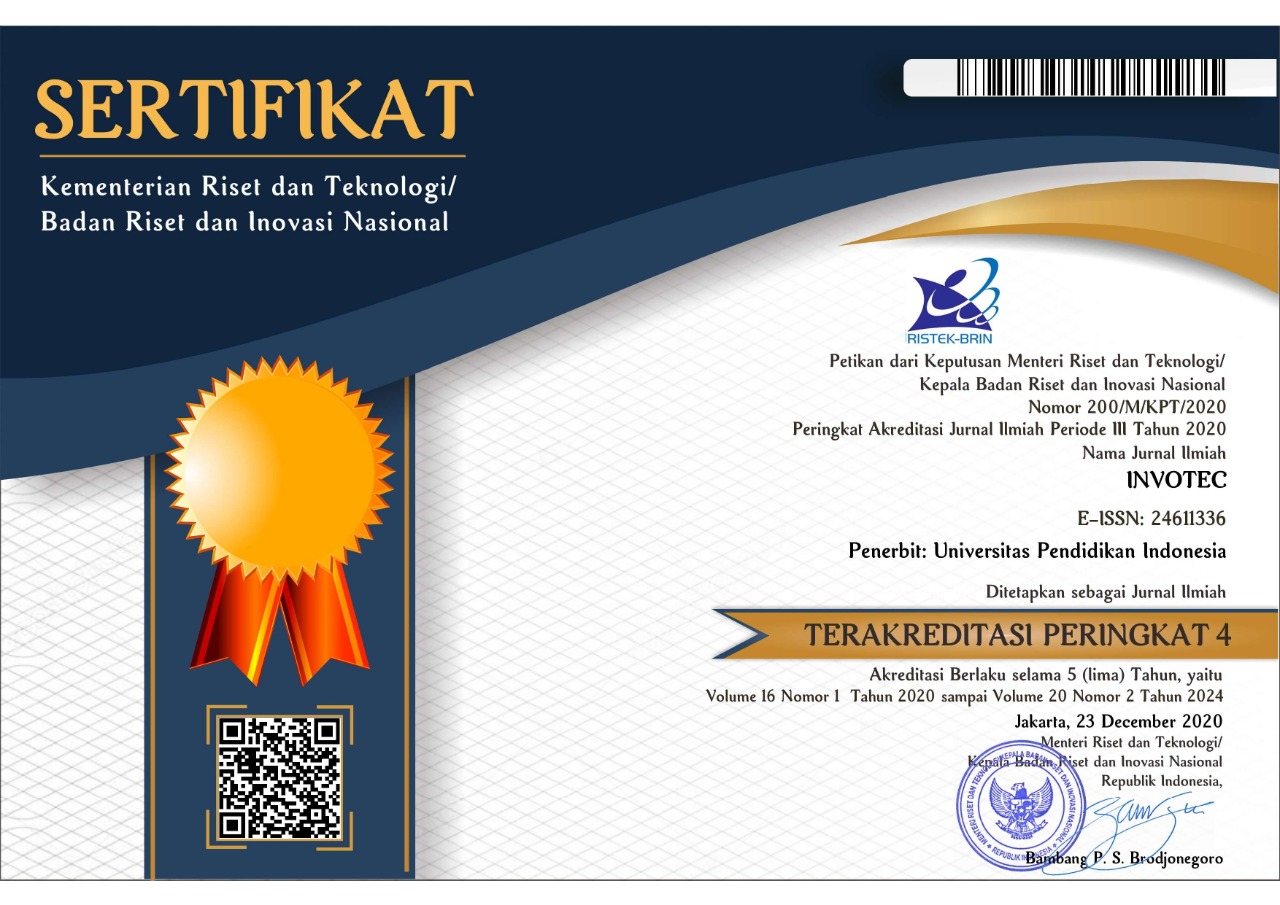Improving Architectural Drawing Students' Achievement by Coalescing Computer-Aided Design with the Compass Method
Abstract
This study combined computer-aided design with compass approaches, employing quasi-experimental design pre-test, post-test, and a non-equivalent control group, to improve the cognitive performance of architectural drawing students. The study addressed three objectives and investigated three null hypotheses. Thestudy's target audience was 125 senior secondary year two architectural drawing students. The experimental group received ten weeks of training using the marker board compass approach, while the control group received ten weeks of instruction using computer-aided design. Data was collected using the Architectural Drawing Achievement Test, which has a reliability rate of 0.86 using Kuder-Richardson 21. Three experts validated the test's face and content. The results revealed that the experimental group's students performed more effectively at architectural drawing than those in the control group. The cognitive achievement of students is significantly influenced by gender, favouring males. Additionally, in the area of architectural drawing, high-achievers students outperformed lowachievers students by barely. Based on these results, it was suggested that senior secondary schools in Nigeria teach architectural drawing using a combination of computer-aided design and the compass method.
Keywords
Full Text:
PDFReferences
Akinsola, M. K., & Awofala, A. O. (2009). Effect of personalization of instruction on students’ achievement and self-efficacy in mathematics word problems. International Journal of Mathematical Education in Science and Technology, 40(3), 389-404.
Becker, K. H., & Maunsaiyat, S. (2004). A comparison of students' achievement and attitudes between constructivist and traditional classroom environments in Thailand vocational electronics programs. [Online] Retrieved from: https://scholar.lib.vt.edu/ejournals/JVER/v29n2/becker.html
Bertoline, G. R., Wiebe, E. N., Miller, C. L., & Nasman, L. O. (2002). Fundamentals of Graphics Communications. New York: McGraw-Hill.
Byrnes, D. (2007). AutoCAD 2008 for dummies. New Jersey: John Wiley & Sons.
Fajola, O. O. (2000). Effect of three modes of computer Based instructional strategies on students learning outcomes in biology. Unpublished Ph. D thesis, University of Ibadan, Ibadan, Nigeria.
Forsyth, A. (2007). Innovation in urban design: Does research help?. Journal of Urban Design, 12(3), 461-473.
Gaffikin, F., Mceldowney, M., & Sterrett, K. (2010). Creating shared public space in the contested city: The role of urban design. Journal of Urban Design, 15(4), 493-513.
Iyendo, O. T., & Halil, Z. A. (2015). Computer aided design (cad) technology versus students’ learning in architectural design pedagogy–A controversial topic review. International Journal of Development Research, 5(01), 3152-3158.
Kaur, B., & Sharma, M. (2016). Cognitive Style of Adolescents in relation to Academic Achievement in English Language. The Education Beacon, 5, 127-133.
Lamas, H. A. (2015). School Performance. Propósitos y Representaciones, 3(1), 313-386.
Mbah, P. E. (2002). Effects of two instructional methods and some moderator variables on Junior secondary school Home Economics students’ Academic Achievement. Unpublished Ph. D thesis, Department of Educational Psychology and Curriculum Studies, University of Benin, Benin City.
Medvidovic, N., & Taylor, R. N. (2000). A classification and comparison framework for software architecture description languages. IEEE Transactions on software engineering, 26(1), 70-93.
Mohamed, L., & Waheed, H. (2011). Secondary students’ attitude towards mathematics in a selected school of Maldives. International Journal of humanities and social science, 1(15), 277-281.
Ndirika, M. C., & Ubani, C. C. (2017). Effect of peer tutoring teaching strategy and academic achievement of secondary school biology students in Umuahia education zone, Nigeria. IOSR journal of research method in education, 7(3), 72-78.
Nicolaidou, M., & Philippou, G. (2003). Attitudes towards mathematics, self-efficacy and achievement in problem solving. In Mariotti (Eds.) European Research in Mathematics Education III. Pisa: University of Pisa, pp. 1-11.
Niiranen, S. (2018). Gender and technology education. In De Vries, M. J. (Eds.) Handbook of technology education. Cham: Springer, pp. 875-888.
Ogbuanya, T. C., & Owodunni, A. S. (2015). Effects of Reflective Inquiry Instructional Technique on Students' Academic Achievement and Ability Level in Electronic Work Trade in Technical Colleges. Journal of education and Practice, 6(7), 43-53.
Olabiyi, O. S. (2020). Information technology, technical vocational education in developing workforce towards globalization. In Adeoye, B.F. and Arome, G. (Eds.), The Roles of Technology and Globalization in Educational Transformation. Pennsylvania: IGI Global, pp. 80-97.
Olabiyi, O. S. (2021). Predictive Effects of Motivation, Attitude, and Gender on Senior Secondary School Students’ Performance in Woodworking Technology, 17(2), 167-188.
Olabiyi, O. S., & Awofala, A. O. (2019). Effect of Co-Operative Learning Strategy on Senior Secondary School Students' Achievement in Woodwork Technology. Acta Didactica Napocensia, 12(2), 171-182.
Olabiyi, O. S., Jimoh, J. A., and Owoduni, A. S. (2016). Investigation into vocational technology teachers’ competence and utilization of ICT for instructional delivery in Lagos State. Journal of Science, Technology, Mathematics and Education, 12(1), 274- 283.
Olabiyi, O. S., Jimoh, J. A., Okeowo, S. O. (2018). Pre-service technical teachers’ attitude towards teaching of technical drawing in Nigerian senior secondary schools. Journal of Educational Thought, 7(1), 101-122.
Olabiyi, O. S., Ojo, B., Keshinro, O. T., and Okeowo, S. O. (2020). Comparative Effects of Digital Instructional Video and PowerPoint Presentation on Academic Achievement and Learning Retention of Basic Technology Students. Journal of Educational Research on Children, Parents & teachers, 1(1), 11-24.
Olagunju, S. O. (2001). Sex, age, and performance in mathematics. ABACUS, Journal of Mathematical Association of Nigeria, 26(1), 8-16.
Owoh, T. M. (2016). Teacher Effectiveness as Correlate of Students' Cognitive Achievement at Upper Basic Education in Basic Technology. Journal of Education and Practice, 7(29), 120-124.
Simpson, Z., & Bester, J. (2017). Cognitive demand and student achievement in concrete technology study. Journal of Professional Issues in Engineering Education and Practice, 143(2), 04016022.
Stott, R. (2015). The computer vs the hand in architectural drawing: Arch daily readers respond. [Online] Retrieved from: https://www.archdaily.com/627654/the-computer-vs-the-hand-in-architectural-drawing-archdaily-readers-respond
Van Assche, K., Beunen, R., Duineveld, M., & de Jong, H. (2013). Co-evolutions of planning and design: Risks and benefits of design perspectives in planning systems. Planning Theory, 12(2), 177-198.
Ward, A., Stoker, H. W., & Murray-Ward, M. (1996). Achievement and ability tests-Definition of the domain. Educational measurement, 2, 2-5.
Weil, J. (2018). 7 Important Points in the Comprehensive Definition of Architecture Drawing. [Online] Retrieved from: https://outsourceplan.com/7-important-points-in-the-comprehensive-definition-of-architecture-drawing
Wozniak, M. (2016). How to Improve Architectural Education: Learning (and Unlearning) from the Beaux Arts Method. [Online] Retrieved from: https://www.archdaily.com/785820/how-to-improve-architectural-education-learning-and-unlearning-from-the-beaux-arts-method
Yusuf, M. O., & Afolabi, A. O. (2010). Effects of Computer Assisted Instruction (CAI) on Secondary School Students' Performance in Biology. Turkish Online Journal of Educational Technology-TOJET, 9(1), 62-69.
DOI: https://doi.org/10.17509/invotec.v18i2.41158
Refbacks
- There are currently no refbacks.
Copyright (c) 2022 INVOTEC

This work is licensed under a Creative Commons Attribution-ShareAlike 4.0 International License.
This journal provides immediate open access to its content on the principle that making research freely available to the public supports a greater global exchange of knowledge.

This work is licensed under a Lisensi Creative Commons Atribusi-BerbagiSerupa 4.0 Internasional.




